
Hairpieces are a popular solution for people who want to change their look or cover up hair loss. They come in a variety of styles, materials, and colors, and can be customized to fit an individual’s head and style.
However, the manufacturing process for toupees is not widely known. In this article, we will take a look at the behind-the-scenes of hairpiece production and explore the techniques used to create them.
Table of Contents
Designing the Hairpiece

The first step in manufacturing a hairpiece is designing it. Designers work closely with clients to create a style that meets their needs and preferences. The hairpiece may be made from natural or synthetic follicles, and the design must take into account the color, texture, and length of the strand.
Once the design is complete, a mold is created on the client’s head to ensure a perfect fit. The mold is used to create a base that will be attached to the wig. The base can be made from a variety of materials, including lace, polyurethane, or monofilament.
Choosing the Hair
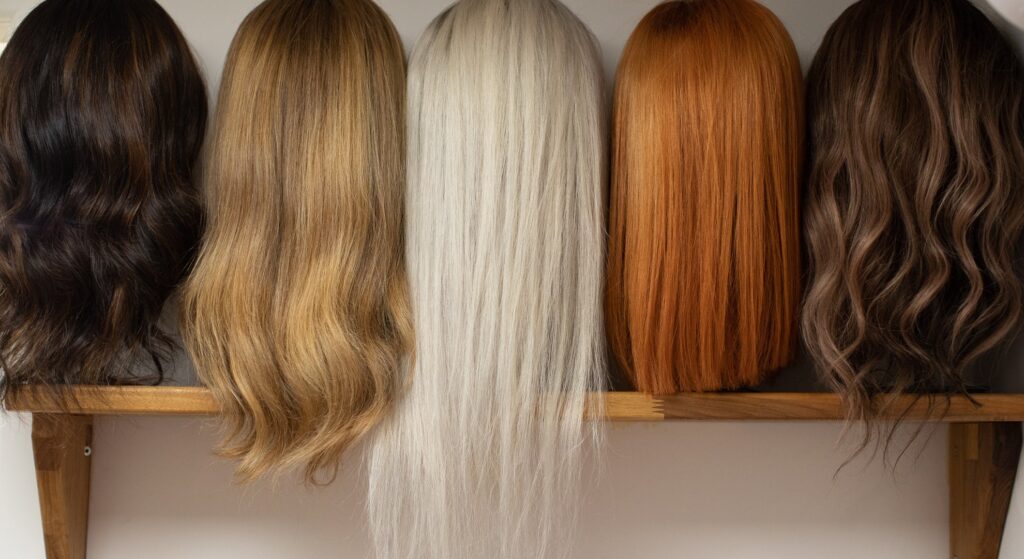
The hair used in hairpieces can be natural or synthetic. The natural follicle is typically more expensive and requires more maintenance than synthetic strands. However, it is more versatile and can be styled in a variety of ways.
Synthetic hair is made from fibers that are designed to mimic the look and feel of natural hair. It is less expensive than natural follicles and requires less maintenance. However, it is not as versatile as a natural strand and cannot be styled using heat.
Preparing the Hair
Once the hair for the toupee has been chosen, it must be prepared for use. The preparation process differs depending on whether the follicle is natural or synthetic.
Natural Hair
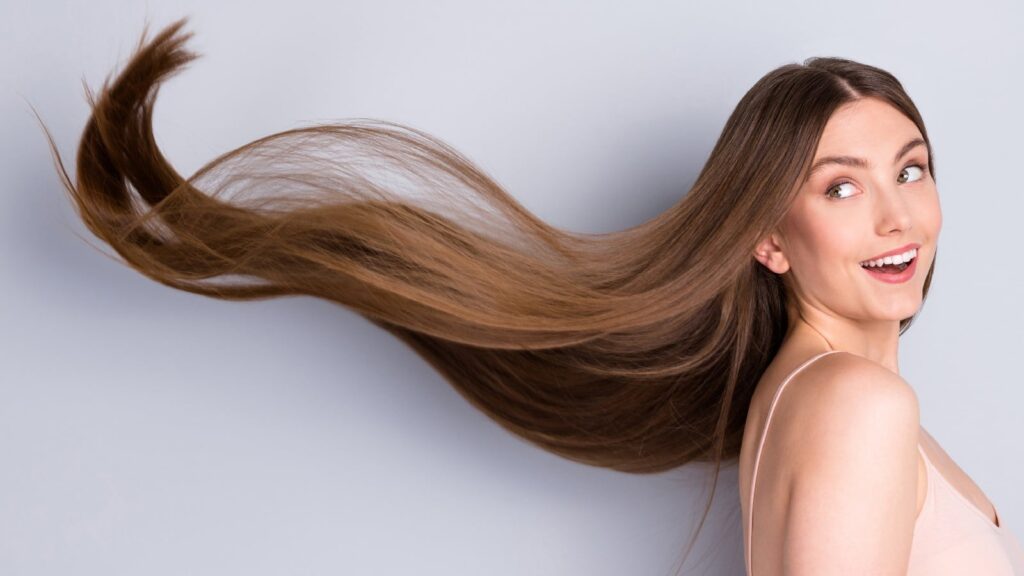
If the hair used in the wig is natural, it must be washed, conditioned, and treated to ensure that it is healthy and strong. The strand may also be colored or permed to match the client’s strands. The preparation process for natural hair can be time-consuming, but it is necessary to ensure that the toupee looks natural and lasts as long as possible.
Synthetic Hair

If the hair used in the toupee is synthetic, it does not require the same level of preparation as the natural follicle. However, it may be styled using heat to create the desired look.
Synthetic strands cannot be colored or permed, so the color and texture must be chosen carefully before the manufacturing process begins.
Styling
Once the hair has been prepared, it can be styled to create the desired look. This can include cutting, coloring, and shaping the follicle to match the client’s hair.
The hair may be styled using heat, such as a curling iron or straightener, or it may be styled using wet techniques, such as rollers or braids.
Attaching the Hair to the Base
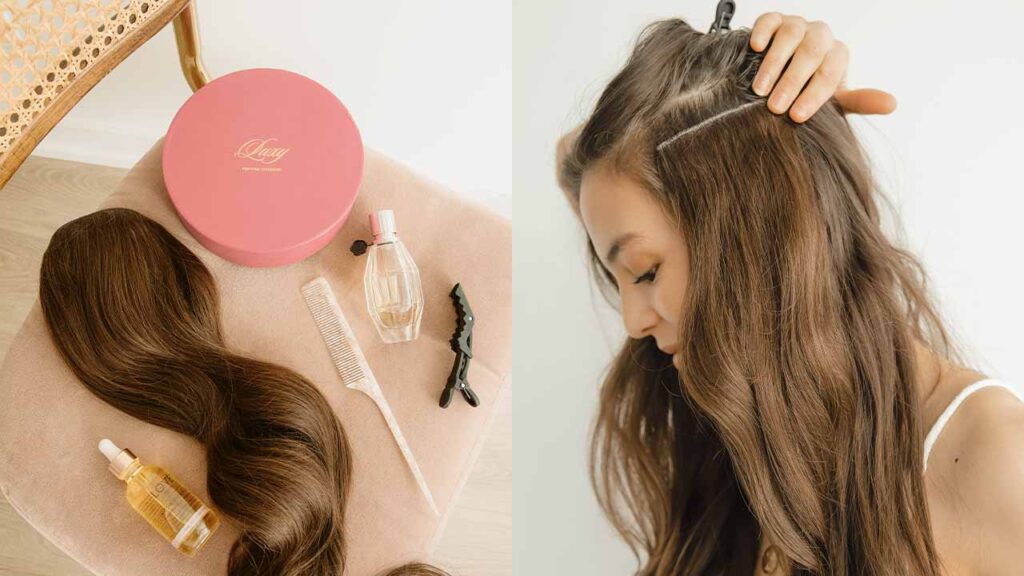
Once the hair has been chosen, it must be attached to the hairpiece base. This is a crucial step in the manufacturing process, as the follicle must be secured properly to ensure that the hairpiece looks natural and stays in place.
Knotting Technique
The most common technique used to attach it to the base is the knotting technique. This process involves tying individual strands to the base using a small knot.
The knot is then secured with a knot sealer to prevent the follicle from coming loose. The knotting technique is typically done by hand, and the process can be time-consuming, especially for toupees with a large surface area.
Base Type
The type of base used in the toupee will determine the knotting technique used. For example, a lace base may require a different knotting technique than a monofilament base.
A lace base has small holes that the hair is knotted through, while a monofilament base has a fine mesh that allows the hair to be knotted in any direction.
Hair Density
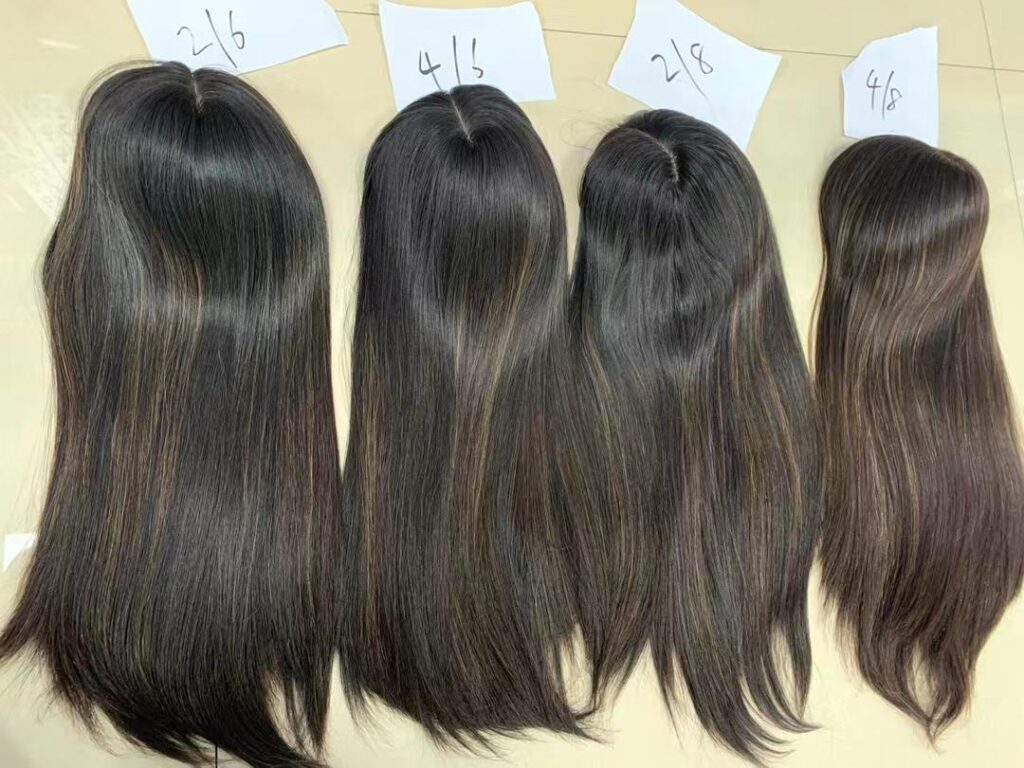
The hair density in the hairpiece will also affect the knotting technique used. For rugs with a high density of follicle, a double knotting technique may be used to ensure that the strand stays in place. A double knot involves tying two knots instead of one to secure the follicle.
Customization
The knotting technique used can also be customized to achieve the desired look. For example, a hairpiece designed to mimic a natural hairline may use a different knotting technique at the front of the wig to create a more realistic look.
Styling the Hairpiece
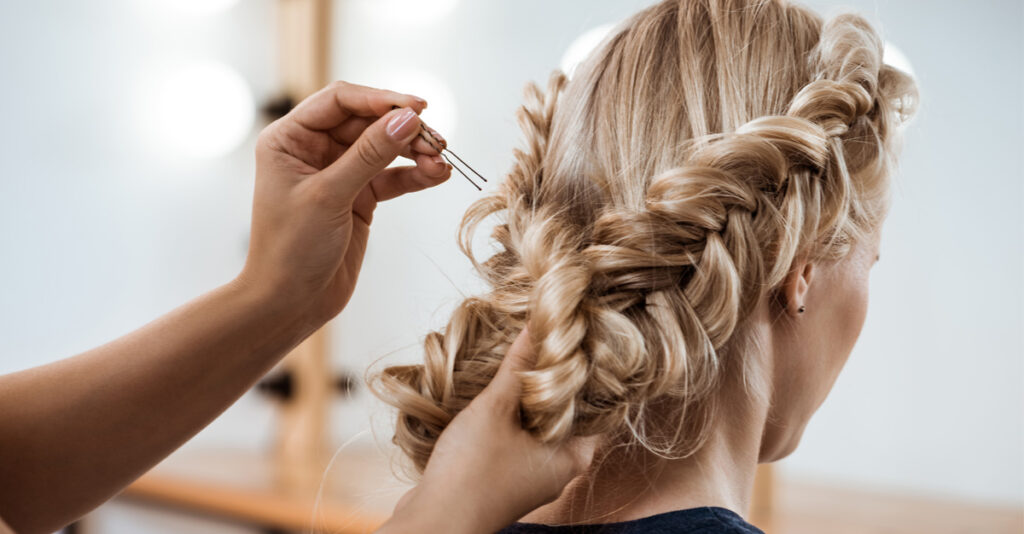
Once the hair has been attached to the base, the hairpiece is styled. This can include cutting, coloring, and shaping the follicle to create the desired look.
The follicle may be styled using heat, such as a curling iron or straightener, or it may be styled using wet techniques, such as rollers or braids.
Once the toupee has been styled, it is attached to the client’s head using a variety of methods, including clips, adhesives, or weaving.
Quality Control
Quality control is an important aspect of manufacturing. Throughout the manufacturing process, it must be inspected to ensure that it meets the client’s needs and specifications.
Fit of the Hairpiece
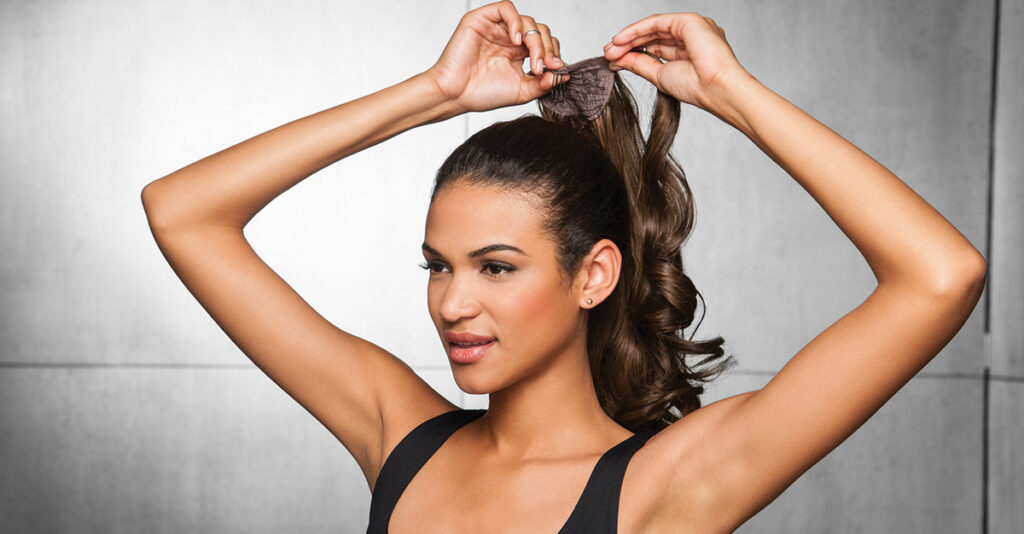
The first step in quality control is ensuring that the toupee fits properly. It should be checked against the client’s mold to ensure that it is the correct size and shape. If the wig does not fit properly, it can cause discomfort and look unnatural.
Inspection of the Hair
The strand used in the toupee must also be inspected for damage or breakage. If the hair is damaged or has broken ends, it can affect the final look. The follicle should be inspected for consistency in color, texture, and length.
Durability Testing
Hairpieces may also undergo durability testing to ensure that they will hold up over time. It may be exposed to heat, water, and other environmental factors to test its durability. This testing helps to ensure that the wig will last as long as possible.
Final Inspection
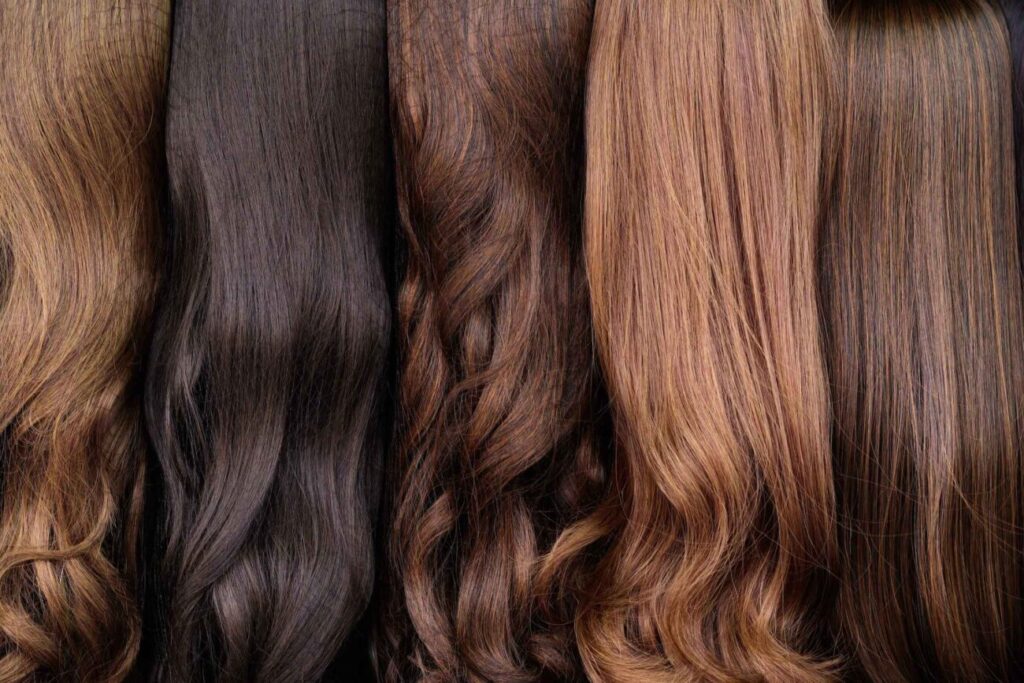
Before the hairpiece is sent to the client, it undergoes a final inspection. The toupee is checked to ensure that it meets the client’s needs and specifications. This includes checking the fit, the hair, and the overall appearance.
Conclusion
Hairpiece production is a complex process that requires a combination of artistry and technical skill. Designers and manufacturers work closely together to create a product that meets the client’s needs and preferences. From choosing the hair to attaching it to the base and styling it, each step in the manufacturing process is important.



![16 Best Men’s Loafers 2023 [ BEST PREMIUM BRANDS ] best mens loafers](https://www.menshairstylesx.com/wp-content/uploads/2019/10/best-mens-loafers-1-218x150.jpg)











![16 Best Men’s Loafers 2023 [ BEST PREMIUM BRANDS ] best mens loafers](https://www.menshairstylesx.com/wp-content/uploads/2019/10/best-mens-loafers-1-100x70.jpg)
